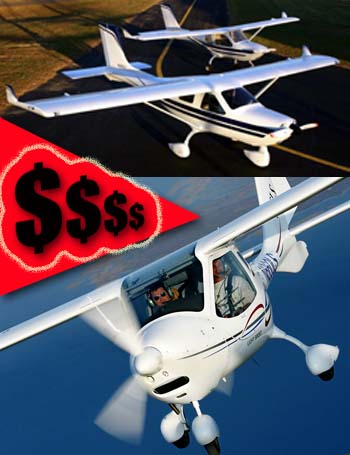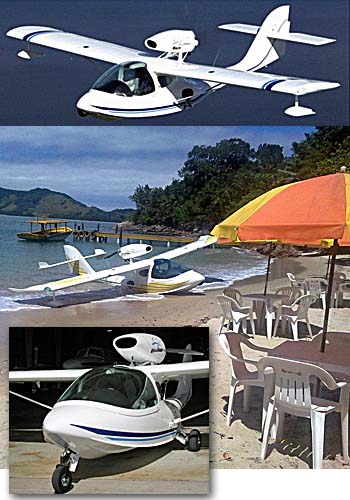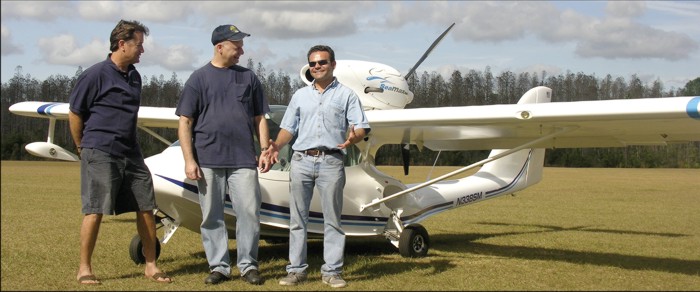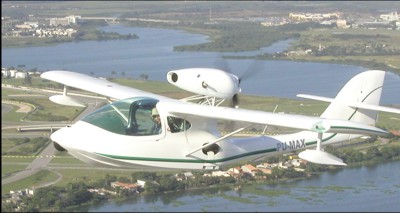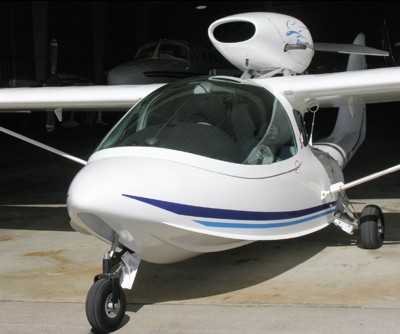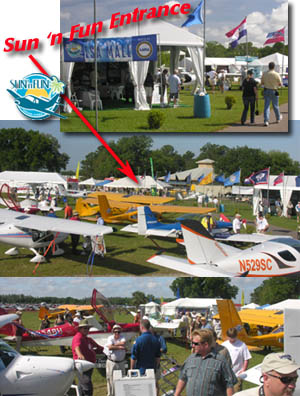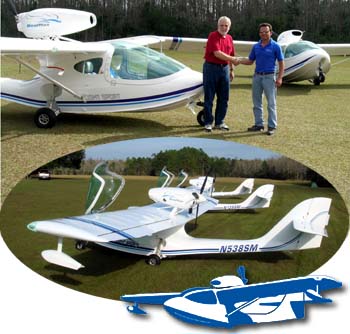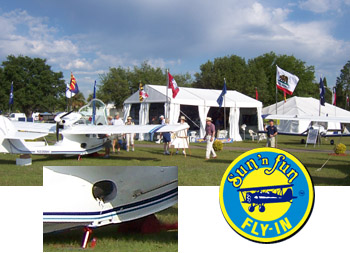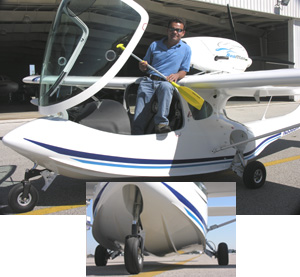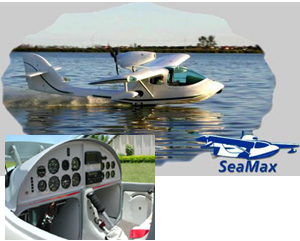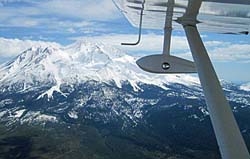
One of the oft-repeated questions about this new thing called Light-Sport Aircraft is: “When will the shakeout occur? When will some of these 75 companies [who certified a SLSA] disappear… and which ones will fail?” *** First, my ability to see the future is no better than anyone else. We’ve lost a few suppliers (Taylorcraft, Urban Air, Spain’s CAG, Higher Class). But as a longtime observer of many sport aviation segments, here’s my view: (1) The current market leaders — the top dozen or so — will likely remain as they’ve already proven themselves. Remember, many overseas brands have world markets so they don’t rely 100% on U.S. sales. And should they fail, it will most likely be due to business practices, not their aircraft design. A few newcomers will enter the top ranks, including such legacy brands as Cessna (which has presently delivered so few Skycatchers that the giant manufacturer is not yet in the Top 20).







